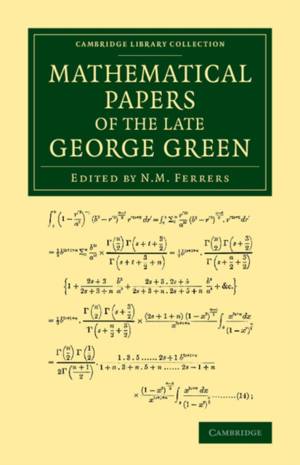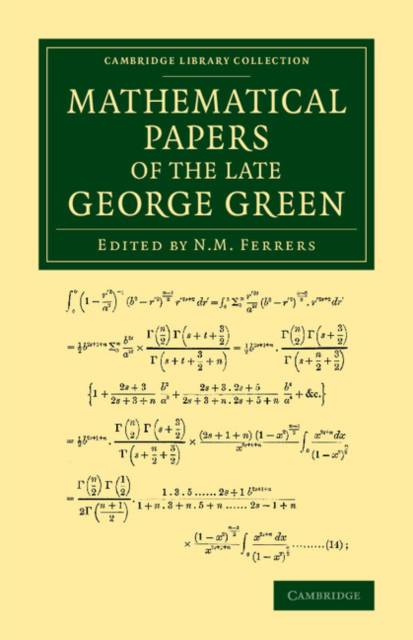
- Afhalen na 1 uur in een winkel met voorraad
- Gratis thuislevering in België vanaf € 30
- Ruim aanbod met 7 miljoen producten
- Afhalen na 1 uur in een winkel met voorraad
- Gratis thuislevering in België vanaf € 30
- Ruim aanbod met 7 miljoen producten
Zoeken
Omschrijving
A miller's son, George Green (1793-1841) received little formal schooling yet managed to acquire significant knowledge of modern mathematics, especially French work. In 1828 he published his Essay on the Application of Mathematical Analysis to the Theories of Electricity and Magnetism, the work for which he is now celebrated. Admitted to Cambridge in 1833 as a mature student, Green went on to become a fellow of Gonville and Caius College. His early death, however, cut short a promising career as a mathematical physicist. While English contemporaries saw what he might have achieved, they did not understand what he had actually achieved. Only when William Thomson (later Lord Kelvin) rediscovered Green's first publication and shared it with the French mathematical elite was his greatness truly appreciated. Edited by the Cambridge mathematician Norman Macleod Ferrers (1829-1903) and published in 1871, this collection comprises Green's influential essay and nine further papers.
Specificaties
Betrokkenen
- Auteur(s):
- Uitgeverij:
Inhoud
- Aantal bladzijden:
- 354
- Taal:
- Engels
- Reeks:
Eigenschappen
- Productcode (EAN):
- 9781108065603
- Verschijningsdatum:
- 13/02/2014
- Uitvoering:
- Paperback
- Formaat:
- Trade paperback (VS)
- Afmetingen:
- 140 mm x 216 mm
- Gewicht:
- 449 g

Alleen bij Standaard Boekhandel
+ 180 punten op je klantenkaart van Standaard Boekhandel
Beoordelingen
We publiceren alleen reviews die voldoen aan de voorwaarden voor reviews. Bekijk onze voorwaarden voor reviews.











